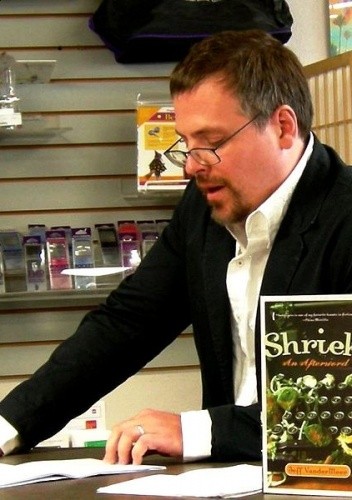



“Sometimes I will tell my subconscious, you know, I want to explore this thing more. The work is then done not at the desk, but under the duvet. He starts with what John Fowles called a “maggot”: “an image that is very charged – I wouldn’t say ‘symbolic’ because people then think of Freud and stuff like that, and I don’t like a set symbolism – that I feel has a weight, an extra meaning, connected to some sort of character in an initial situation or dilemma.” In a way, the unfolding of that mystery is a figure for how VanderMeer himself, a leading light of weird fiction and the fantastical, finds his way through his novels. There’s no obvious reason why “Silvina” should have reached out from beyond the grave to “Jane” - a middle-aged family woman with a job in systems security. “Jane Smith”, as she calls herself for the reader’s benefit (“if that helps”), coolly informs us straight off: “Assume I’m dead by the time you read this.” And for most of the novel, the mysterious Silvina whom she’s pursuing seems to be dead, too. That gnomic communication sets off a paranoia-laced near-future conspiracy thriller but one in which the hard edges and would-be gritty realism of the traditional thriller melt into something more bewildering, more evocative and more surreal an inquiry into identity, a gothic family drama, a fable about ecological catastrophe and the ethics of terrorism.Īs the stuffed hummingbird will indicate, those three words are nothing so prosaic as a secret code.


 0 kommentar(er)
0 kommentar(er)
